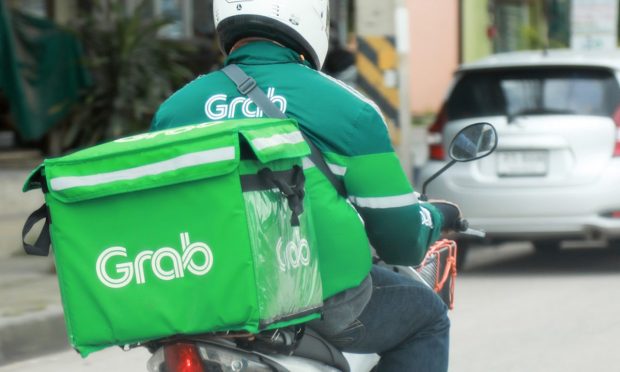Grab Prepares for Layoffs Amid Slowing Growth

Singapore’s Grab is readying its largest round of job cuts in three years.
The ride-hailing and food delivery platform announced Tuesday (June 20) that it was letting go of 1,000 of its roughly 12,000 workers in what founder and CEO Anthony Tan says is a cost-cutting measure.
“I want to be clear that we are not doing this as a shortcut to profitability,” Tan said in a message to employees posted on the company blog.
“Over the past couple of years we’ve been consistent in managing costs tightly in all areas of our operations and on improving platform efficiency. As a result, our bottom line has improved every quarter since Q1 2022.”
The company cut 300 jobs — 5% of its workforce — in June 2020 as the COVID pandemic began to eat away at ride-hailing companies’ revenues.
Three years later, the firm is battling another global crisis: inflation. Last month, Grab released quarterly results that showed the company’s consumers continuing to deal with rising prices.
Grab’s gross merchandise value (GMV) slowed to a 3% growth rate, or 7% as measured in constant currency, to a little under $5 billion, while GMV per user was down 4%, or flat in constant currency.
“The vagaries of seasonal demand for deliveries and inflation aside, the results offer a snapshot of how the ‘digital front door,’ offering access to a range of commerce and finance-centered activities, still is evolving,” PYMNTS wrote last month.
That report pointed to PYMNTS/PayPal research which revealed that 96 million people in the U.S., U.K., Australia and Germany would embrace super apps.
In December of last year, Grab announced it would freeze salaries and pause hiring as it prepared for what it called “uncertainty in 2023.”
The company’s impending layoffs come at a time when a number of food delivery providers are feeling pressure. Last week, Grubhub said it was cutting its staffing levels by 15%, a move that impacted around 400 workers.
British aggregator Deliveroo let go of 9% of its staff earlier this year. These moves are happening as consumers grow more frugal and cut back on on-demand convenience.
Research from PYMNTS’ Consumer Inflation Sentiment study, “Consumer Inflation Sentiment: The False Appeal of Deal-Chasing Consumers,” found that three-quarters of consumers have reduced spending on nonessential retail purchases.
And when they do order for restaurants, they’re choosing not to have those meals delivered. Findings in PYMNTS’ “Connected Dining: Rising Costs Push Consumers Toward Pickup” show that 48% of consumers have been more likely to pick up their restaurant orders themselves.

